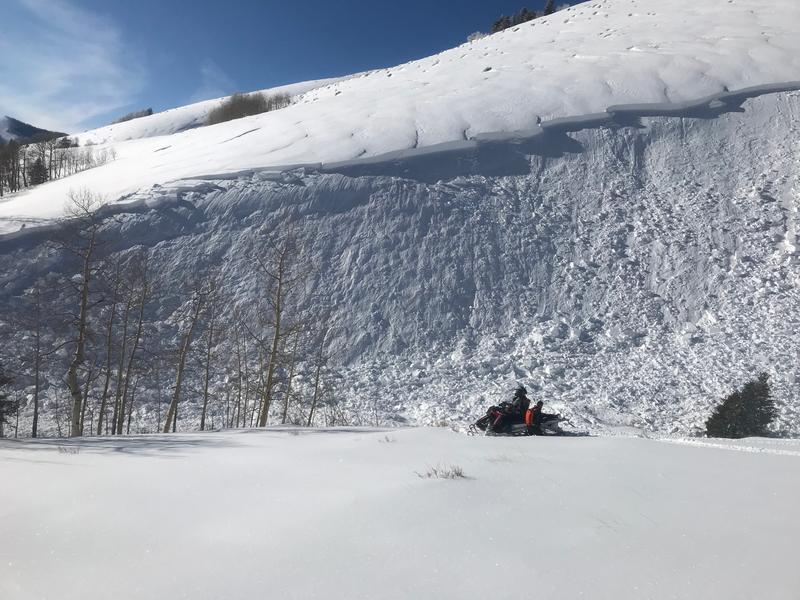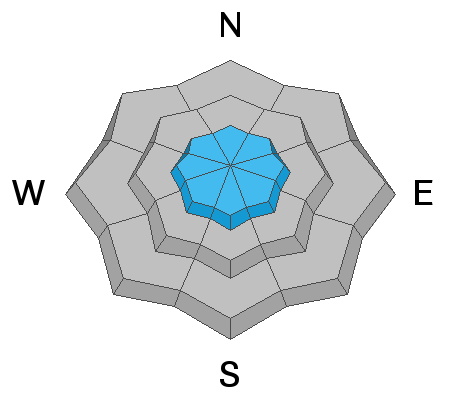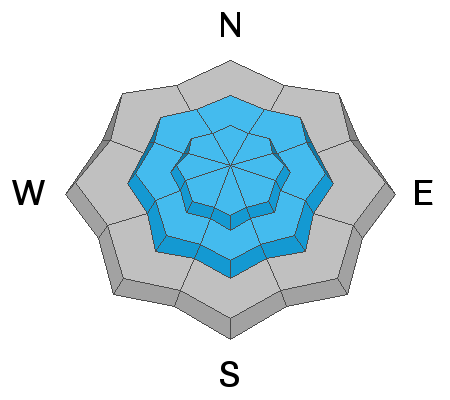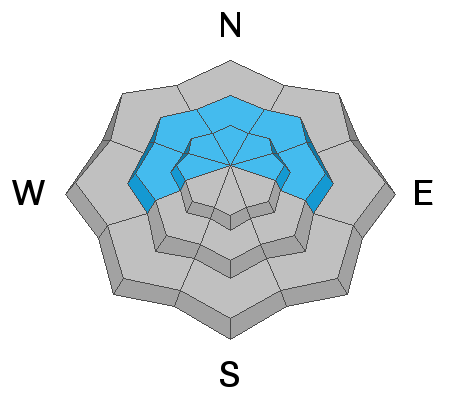Forecast for the Moab Area Mountains

Issued by Eric Trenbeath on
Sunday morning, December 29, 2019
Sunday morning, December 29, 2019
The avalanche danger remains CONSIDERABLE and human triggered avalanches are likely on steep, upper elevation, wind drifted slopes. Avoid steep slopes with recent deposits of wind drifted snow. Human triggered avalanches within the storm snow are also possible and the danger is MODERATE for this type of avalanche on steep slopes on all aspects at mid and upper elevations. And finally, a triggered wind drift, or storm snow avalanche may have the potential to step down into a buried, persistent weak layer causing a deeper and more dangerous avalanche. Be conservative in your terrain selection today and allow the new snow to settle in and adjust.
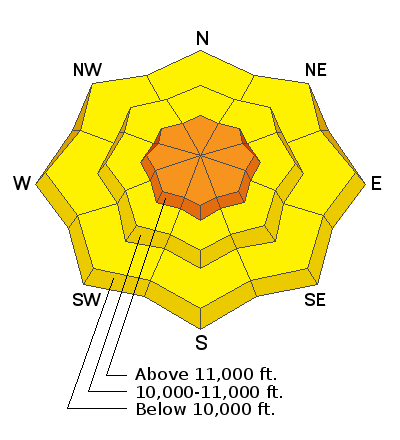
Low
Moderate
Considerable
High
Extreme
Learn how to read the forecast here


